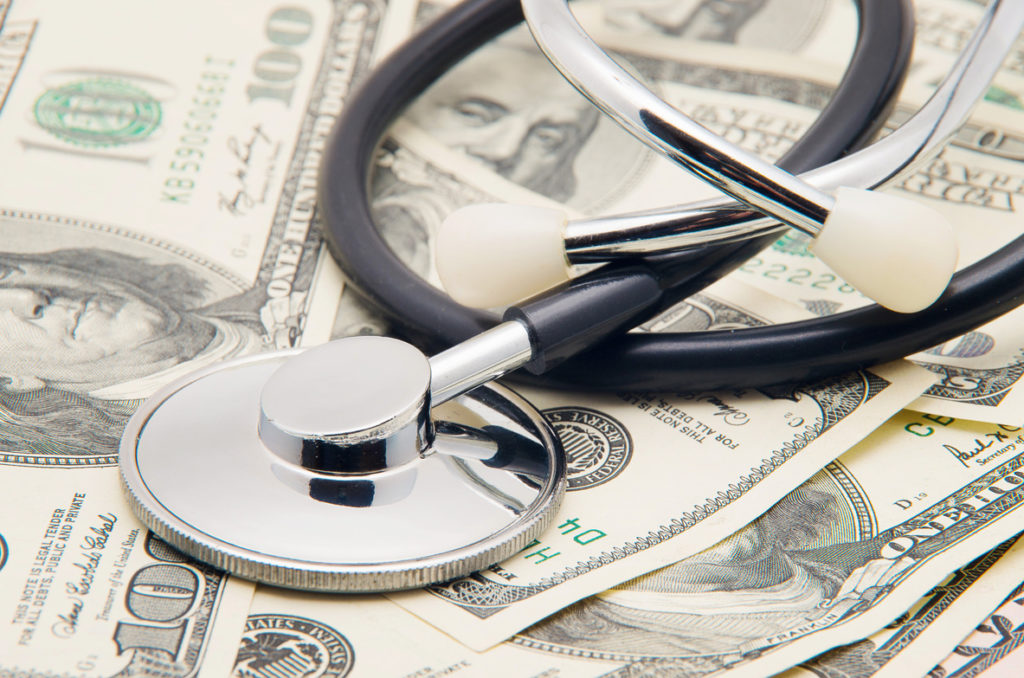
The U.S. medical billing system allows room for common mistakes and has barriers to them getting resolved, a new report by the Consumer Financial Protection Bureau (CFPB) has revealed.
The report looks at how medical bills as the result of an emergency lack transparent pricing and involve complex insurance rules. It highlighted the reality that patients may not sign a billing agreement until after receiving treatment, and in desperation may feel pressure to accept any cost for treatment.
Unpaid bills, even if incorrect, can end up in collections, which can lead to bad credit, increased risk of bankruptcy, missed medical care and unstable employment. And because bills can be sent by multiple parties, including doctors and hospitals, there may be multiple charges for the same visit.
These consequences especially affect Black and Hispanic patients, as well as low-income families, veterans, seniors and young adults. Medical debt is also more common in the regions of the U.S. that did not expand Medicaid coverage, in particular the southeast and southwest.
“When it comes to medical bills, Americans are often caught in a doom loop between their medical provider and insurance company,” CFPB Director Rohit Chopra said in a press release. “Our credit reporting system is too often used as a tool to coerce and extort patients into paying medical bills they may not even owe.”
About 20% of U.S. households report having medical debt, the report found, and more than half of bills in collections and on credit reports are medical bills. Patients also incurred significant costs related to COVID-19, which are expected to increase post-pandemic, considering how much people have deferred care for the time being.
In a press release about the report, CFPB pledged to “ensure that the consumer credit reporting system is not used coercively against patients and their families to force them to pay questionable medical bills.”
Some tactics include ensuring the disciplining of those that routinely report inaccurate information to creditors, working with federal partners to identify ways to facilitate patient financial aid access and evaluating whether consumer credit reports should include data on unpaid medical bills.